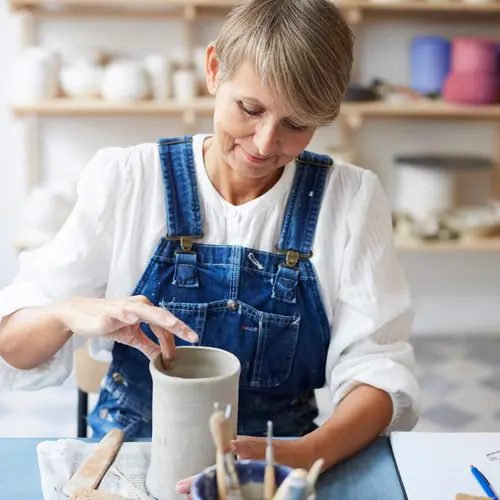Because you have rheumatoid arthritis, you'd probably benefit a lot from physical therapy and occupational therapy. They’re often parts of the RA treatment plan.
Healthy joints are the "hinges" that let you move around. Many of us take that for granted. These simple movements aren't always automatic or easy when you have RA, though. They can be painful.
The goals and treatments used by physical therapists and occupational therapists sometimes overlap, but there are some general differences.
Physical Therapy for Rheumatoid Arthritis
The goal of it is to keep you moving. It uses exercise and other methods to stimulate muscles, bones, and joints. The result is more strength, tone, and overall fitness.
Physical therapists understand the mechanics of bones, joints, and muscles working together, the problems that can happen, and what to do about them. It’s a good idea to work with a therapist, whether you’ve had RA for a long time, you’re newly diagnosed, and no matter how severe it is.
In the early stages of the disease, your physical therapist can check on your strength, fitness, and how well your joints work. They'll make an exercise plan to keep your joints as healthy as possible.
If you have moderate or advanced rheumatoid arthritis, physical therapy can help you keep or improve your strength and flexibility.
Together, you’ll make a plan for each muscle and joint group, and for your overall fitness. It will probably include:
Exercise. This is the cornerstone of any physical therapy plan. It will match your ability and fitness level, and include flexibility, strength, and cardio (aerobic exercise).
Heat or ice. Treating inflamed or painful joints with heat or ice packs helps some people feel better.
Massage. It can also help you feel better.
Motivation and encouragement. It’s a big plus to have a pro to cheer you on and push you to keep going.
Occupational Therapy for Rheumatoid Arthritis
This helps you stay independent. A therapist will check to see what you need help with. Then, they can teach you better or easier ways to accomplish those things. Occupational therapy can help you even if you don’t work or have a job.
Your therapist can teach you to:
Limit joint strain. You may learn new ways to move your body to protect your joints.
Find other ways to handle everyday tasks. RA can make it hard to undo buttons, turn doorknobs, put on earrings, and other actions that use your fine motor skills. It might help to use both hands instead of just one. Or you might wheel grocery bags and other heavy items instead of carrying them. If you have trouble with gross motor skills, such as lifting coffee cups or bathing, your therapist may help you find workaround solutions.
Use assistive tools. Many devices and equipment can ease your daily life. Jar openers, cushion grips, grab bars, and raised toilets are some examples.
Lower your pain. You can apply heat or cold before and after activities so you hurt less. Your occupational therapist can recommend splints to support your joints and to help keep them in a normal position.
Exercise at home. This can make you stronger, more flexible, and expand your range of motion. Your therapist may target exercises that help with specific tasks, such as turning faucets.
Your RA may get more severe over time. Occupational therapy may help you keep up with everyday activities for as long as possible.
